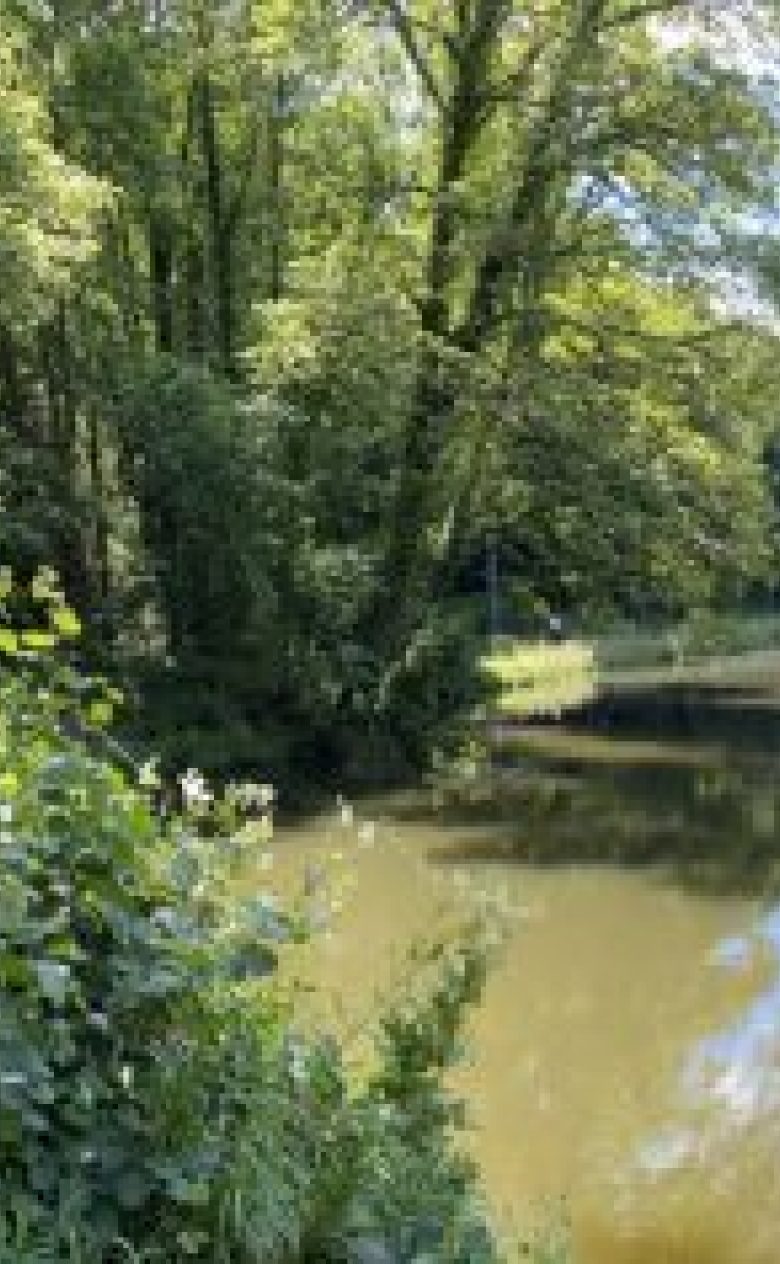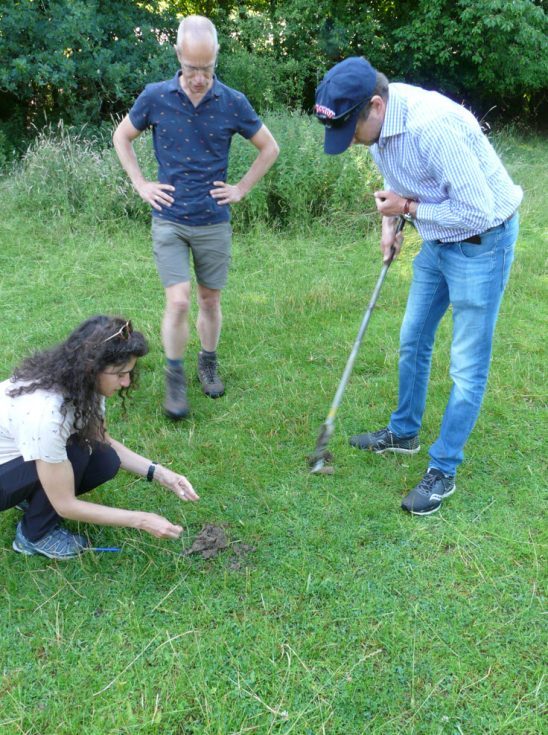Difficult to prevent floods in Valkenburg; a cross-border management and monitoring plan is needed
To what extent are we able to prevent future floods, as observed along the Geul river in the Dutch city of Valkenburg in the summer of 2021? Measures to retain water upstream in the catchment (also in Belgium) for a longer period will reduce damages to some extent but are not expected to have enough effect to prevent extreme floods in the city.

Heavy rainfall
This is one of the conclusions of a rapid assessment study (available in Dutch only) commissioned by the Dutch Ministry of Infrastructure and Water Management. The study was led by knowledge institute Deltares, in cooperation with researchers at the TU Delft and universities from Belgium, Germany, and Luxembourg.
This research focused on the July 2021 floods in the province of Zuid-Limburg. Due to excessive and continuous rainfall, water in the Geul river rose rapidly to record-setting heights. The river had burst its banks at several locations in and around Valkenburg, resulting in heavy damage to homes and businesses. The researchers mapped the international river basin of the Geul, what the effects are of heavy rainfall, and what areas were flooded during the July 2021 floods. They also considered the effects of different potential measures.

Forest development
“The natural design of the Geul river basin already contributed to the storage of rainwater in the soil and floodplain during the July 2021 floods. This allowed for a reduction in the extremely high waters. There are many possible measures that lead to a reduction of high water in Valkenburg. These include increasing water retention in upstream areas, forestation of hills and river floodplains, construction of rainwater storage, or slowing down rainwater drainage from urban areas. Unfortunately, these positive effects are too small to fully prevent these types of extreme floods in Valkenburg”, says Deltares research team lead Jaap Kwadijk.
“Further development of forest on the floodplains – certainly in the broad Dutch areas – can be very helpful. However, the landscape adjustments we investigated are very large-scale; they are far-reaching and will take a long time to implement. They should, however, not be ruled out as they may be effective in limiting high water during less extreme rainfall events.” These measures also contribute to drought and nature management.
Recommendations
Additionally, the research team has the following recommendations:
- Develop a joint cross-border management plan for the Geul river, in close consultation with its inhabitants. Consider including more straightforward short-term measures, such as improving the monitoring network and flood warning system, a good and inclusive recovery scheme, taking local protection measures, and flood-proofing properties. Consider long-term measures; ensure water is slowed down as much as possible at the bottom of hills and in streams, without creating flooding problems in these locations.
- Invest in an international collaboration and setup a living-lab for the Geul river basin, so that we can better understand the soil and water system and so we can monitor the effectiveness of measures.
Advisory Task Force on Flooding and High Water
This ‘Rapid assessment study of the Geul river basin: Screening of flood reduction measures’, was commissioned by the Dutch Ministry of Infrastructure and Water Management as part of the Advisory Task Force on Flooding and High Water. This Task Force will publish its final report before the end of 2022.


